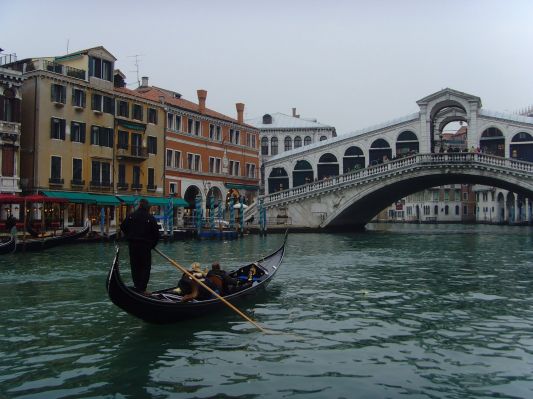Mor Temor
Arch. Mor Temor is international Architecture firm committed to designing unique buildings and one of a kind architectural concepts.

In a brief look, street is the main sample of public space in a city. Evidently, his writings have been effective in changing the patterns and ideals of urbanism. Thus, the street is considered as the beating heart of the region and the city.
Street has swung between two different viewpoints in the present era. One viewpoint sees street as a traffic path where urban activities sometime take place in it. The other viewpoint believes that street is a city space, which plays a traffic role. In the historical patterns of accessibility, the focal point of the street was located in the centre of the city environment and the street was not merely a space for transportation, but the one for work, fun, play, visit, gathering ceremonies, festivals and other social events (Anahita, 2009).
The width and surface material of "streets" give a city much of its character: the traditional Islamic city of North Africa was designed for camel-borne transportation and pedestrians, Venice for water-borne transportation (see Fig. 2), the late-nineteenth-century cities of colonial Africa for turning a span of bullocks. The width of the streets of Salt Lake City, Utah, was based on similar propositions. In the late-twentieth-century North American city, designing for automobile traffic has clearly been the prime concern (Jon, 1994).

Fig. 2 Water transportation inVenice.
Now, in a number of subtle ways, the modern city has made streets which are for "going through", not for "staying in". This is reinforced by regulations which make it a crime to loiter, by the greater attractions inside the side itself, and by streets which are so unattractive to stay in, that they almost force people into their houses.
From an environmental standpoint, the essence of the problem is this: streets are "centrifugal" not "centripetal": they drive people out instead of attracting them in. In order to combat this effect, the pedestrian world outside houses must be made into the kind of place where you stay, rather than the kind of place you move through. It must, in short, be made like a kind of outside public room, with a greater sense of enclosure than a street.
This can be accomplished if we make residential pedestrian streets subtly covex in plan with seats and galleries around the edges, and even sometimes roof the streets with beams or trelliswork (Christopher, 1977).
Arch. Mor Temor